Jute Ribbon Retting:
In recent years, ribbon retting technology has been adopted in the jute-growing areas of the country. After the stripping process, the retting process begins. This is the outer skin of the stem that can be obtained mechanically or manually. BJRI has developed the Bamboo Hook Ribbon. In order to extract ribbons for the pool or water, the ribbons are placed vertically downwards in the bamboo grill placed across the pool, and then they are washed in clean water, either in earthen pots or rings placed over vertical poles. These ribbons are then retted in earthen pots or rings placed over vertical poles. Developed lower on a small scale by retting and tested widely in farmers’ fields, CRIJAF has recently achieved a dry fiber production rate of 25 kg per machine hour instead of the 5 kilograms per person-hour by conventional methods. The complete protocol, including retting that requires not more than 20% of the water required under the traditional method, may be completed in less than 8 days while delivering better fiber quality than that produced under the conventional method.
Procedure of Jute Ribbon Retting Process:
- At first, jute is harvested from the field. All the residues are then cut up and disposed of appropriately.
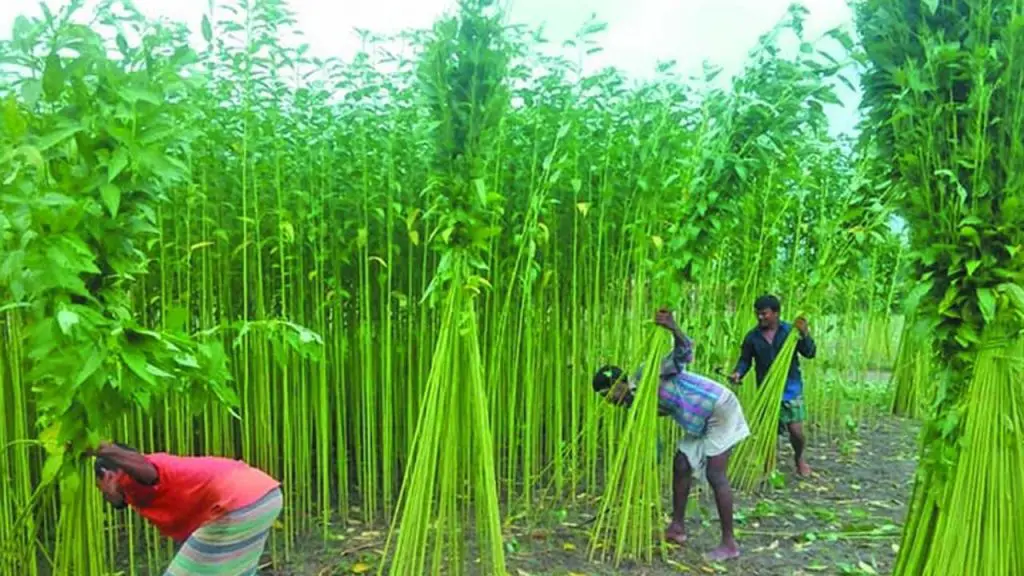
2. As a next step, the green ribbon will be extracted from the jute tree by means of two different methods. One method is the power operated bast fiber extractor, and the other is the manual operated jute fiber extractor.

3. After the ribbons are extracted, then they are treated with a microbial consortium using 100ml of the liquid microbial consortium per 10 kg of green ribbon and then they are covered with polyhene sheets for one hour.
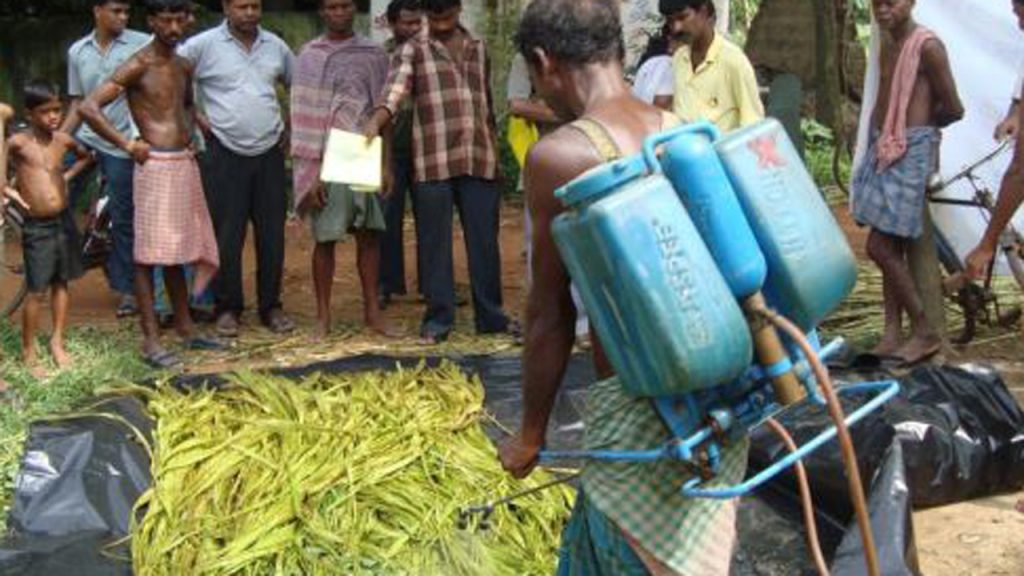
4. For small-scale retting, 2 q of green ribbons can be placed at a time in a polythene-lined retting tank of 1 M3 size (1m x 1m x 1m) containing 1000 liters of water.

5. In order to ret these sprayed ribbons, they are steeped vertically in polythene-lined pits for 5- to 7 days, during which time the retting of the ribbons is completed.
6. After that, the fiber is washed in clean water and dried.
Advantage of Jute Ribbon Retting over Traditional Method:
- This process requires roughly 50% less water and space than traditional methods, so it is particularly suited to areas that have a shortage of water.
- Water requirements can range from 1:20 to 1:10 for substrate liquor ratios, depending on the type of substrate.
- Retting time has been reduced from 14-15 to 7-8 days as a result of the reduction in retting time.
- Due to the fact that less labour is required, the process is more cost effective.
- The total process remains within the control of the farmers. As well as reducing environmental pollution to almost one-fourth compared with retting the whole plant, it also assures us that we are producing jute fibre of the highest quality in terms of strength, fineness, color, shine or luster and that the jute fibre is bark free.
- The retted fibres are washed in the same pit of water seven days after they have been harvested and are dried on bamboo scaffolds before they are taken to the drop.
- On the other hand, the same pit can also be used in the off-season to prepare organic compost manure that can be used in other agricultural applications.
Finally we can say, The ribbon retting process is almost half the amount of water required in comparison to conventional whole plant retting under normal conditions. In comparison to traditional stem-retted jute fibres, ribbon retting has stronger fibre filaments, finer textures, and richer color. It is possible to solve many defects resulting from the traditional retting process by adopting ribbon retting. Unfortunately, no efficient and farmer-friendly ribboner can be used for ribbon retting. Farmers should be made aware of the process and benefits related to ribbon retting as it is the more eco-friendly technique to produce high-quality fibre.
Reference:
- Belal, P. D. (2016). Understanding Textiles for a Merchandiser. Dhaka: LB Graphics & Printing.
- Dr. Hosne Ara Begum, P. D. (n.d.). Natural fibers. Dhaka: Hafiz book center.
- Majumdar, B. (n.d.). Microbial Retting of raw jute. Kolkata: CRIJAF.
- Md. Rostom ali, o. k. (2015). Jute retting: present pracitce and problem in Banglesh. CIGR, 243.
- Shivani Ranjan, S. S. (2021). Ribbon Retting of Jute: An Eco-friendly Method for Quality Jute Fiber Production. ResearchGate, 42.
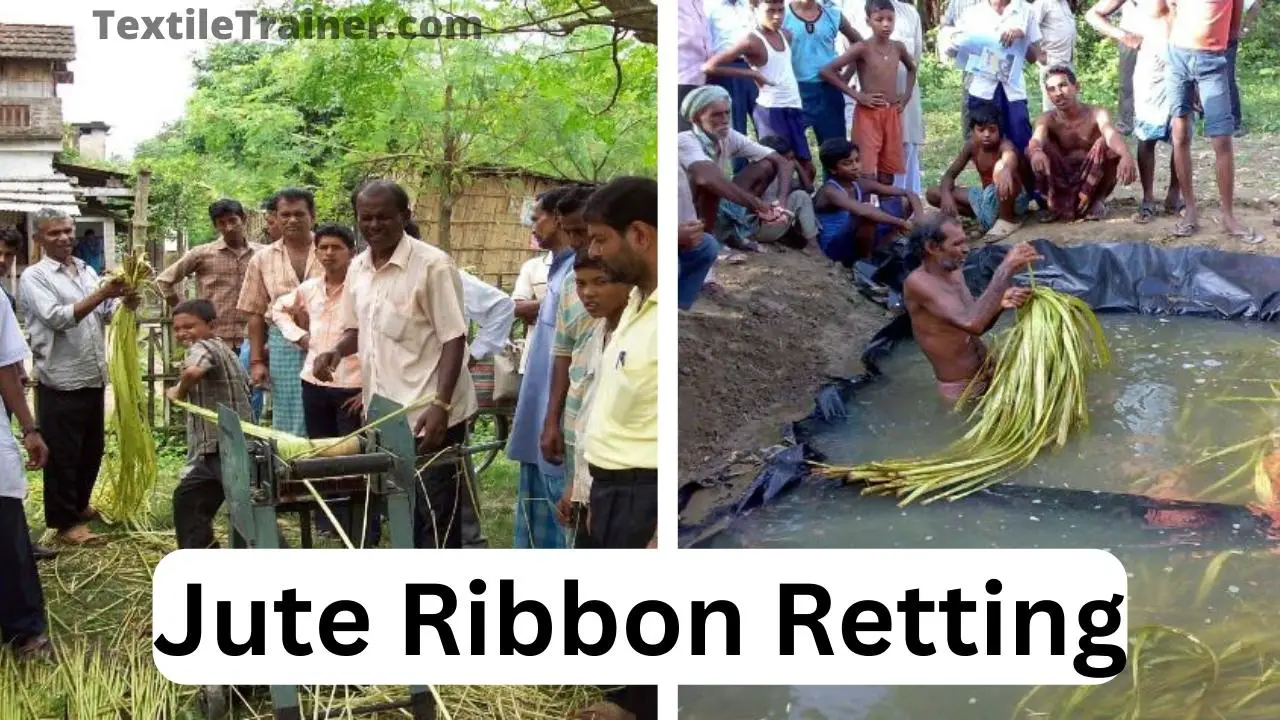
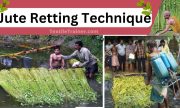
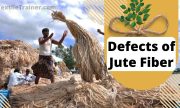



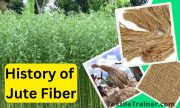
1 thought on “Jute Ribbon retting: A sustainable Pathway to Eco-Friendly Jute Fiber Processing and Production”